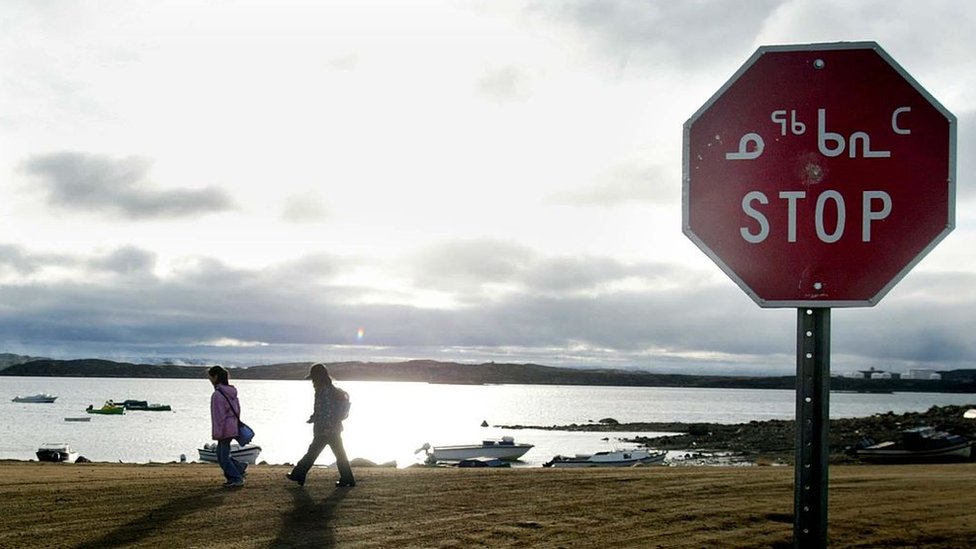TORONTO – After being drafted in the third round (61st overall) of the 2023 MLS SuperDraft, forward Charlie Sharp decided to put his dream of playing professional football on hold.
He spent a couple of weeks training with Toronto FC that summer and then returned for a fifth year at Western Michigan University.
“It was a really tough decision for me,” Sharp recalled. “Because I knew that going back to school, nothing was guaranteed. I could get injured or not perform well, but it seemed to really work out for me.”
Sharp scored 19 goals and added eight assists as a senior, leading the Broncos to a 17-2-3 record and a third-round appearance in the NCAA tournament where they eventually lost to national runner-up Notre Dame on penalty kicks. Sharp, who scored or assisted in nine of his last 10 matches, ranked first in the NCAA with 0.95 goals per game and 2.30 points per game and was tied for second with seven game-winning goals.
The 23-year-old Sharp, whose rights were retained by Toronto, spent time with the TFC first team in this year’s pre-season and signed with Toronto FC II in February. On Tuesday, he joined TFC 2 teammate Nate Edwards, a wingback from Brampton, Ont., in signing a first-team contract.
“We are happy to officially elevate Charlie at this time,” Toronto GM Jason Hernandez said in a statement Tuesday. “His strong mentality and mature playing style will be a welcomed addition to our young player group in the first team.”
Both players signed contracts that run through 2025 with club options for 2026 and 2027.
The deals were completed in advance of Friday’s MLS roster freeze but took their time working their way through the league office.
“A bit of unorthodox path that I chose,” said Sharp. “But I think you’re seeing it more now with players that get drafted.”
“I’m super-happy,” he added. “I think I made the right decision.”
As a senior, Sharp was one of three finalists for the 2023 MAC Hermann Trophy, which honours the top NCAA soccer player. The award eventually went to Clemson senior forward Ousmane Sylla.
The six-foot-five 185-pounder from Brighton, Mich., finished his collegiate career with 42 goals 22 assists, and 106 points in 89 games. He ranks first in career goals and games and tied for fourth in assists for Western Michigan.
In returning to Kalamazoo for a fifth year, Sharp also succeeded off the pitch by completing his degree in computer information systems.
Despite some niggling injuries, Sharp has five goals and two assists in 16 appearances with TFC 2 this season. He made his first-team debut off the bench May 15 against Nashville.
“I had a lot of friends and family watching,” he said.
“It’s been a journey,” Sharp added. “I’ve been thankful for every step of the way.,”
The 21-year-old Edwards has one goal and two assists in 23 games with TFC’s MLS Next Pro team.
“He has been a top performer with TFC II this season and we look forward to his continued growth within our environment,” said Hernandez
Edwards, who also joined TFC 2 in February, made his first-team debut May 21 in Canadian Championship play against Ligue1 Quebec champion CS Saint-Laurent.
The five-foot-eight 167-pounder split his college career between Syracuse University and Purdue University Fort Wayne. As a senior in 2023, he had one goal and four assists for Syracuse and was named to the 2023 All-Atlantic Coast Conference (ACC) Academic Team and College Sport Communicators (CSC) Academic All-District Team.
At Purdue University Fort Wayne, he had two goals and an assist in 40 appearances across three seasons (2020-2022) with the Mastodons.
—
Follow @NeilMDavidson on X platform, formerly known as Twitter
This report by The Canadian Press was first published Sept. 17, 2024.
